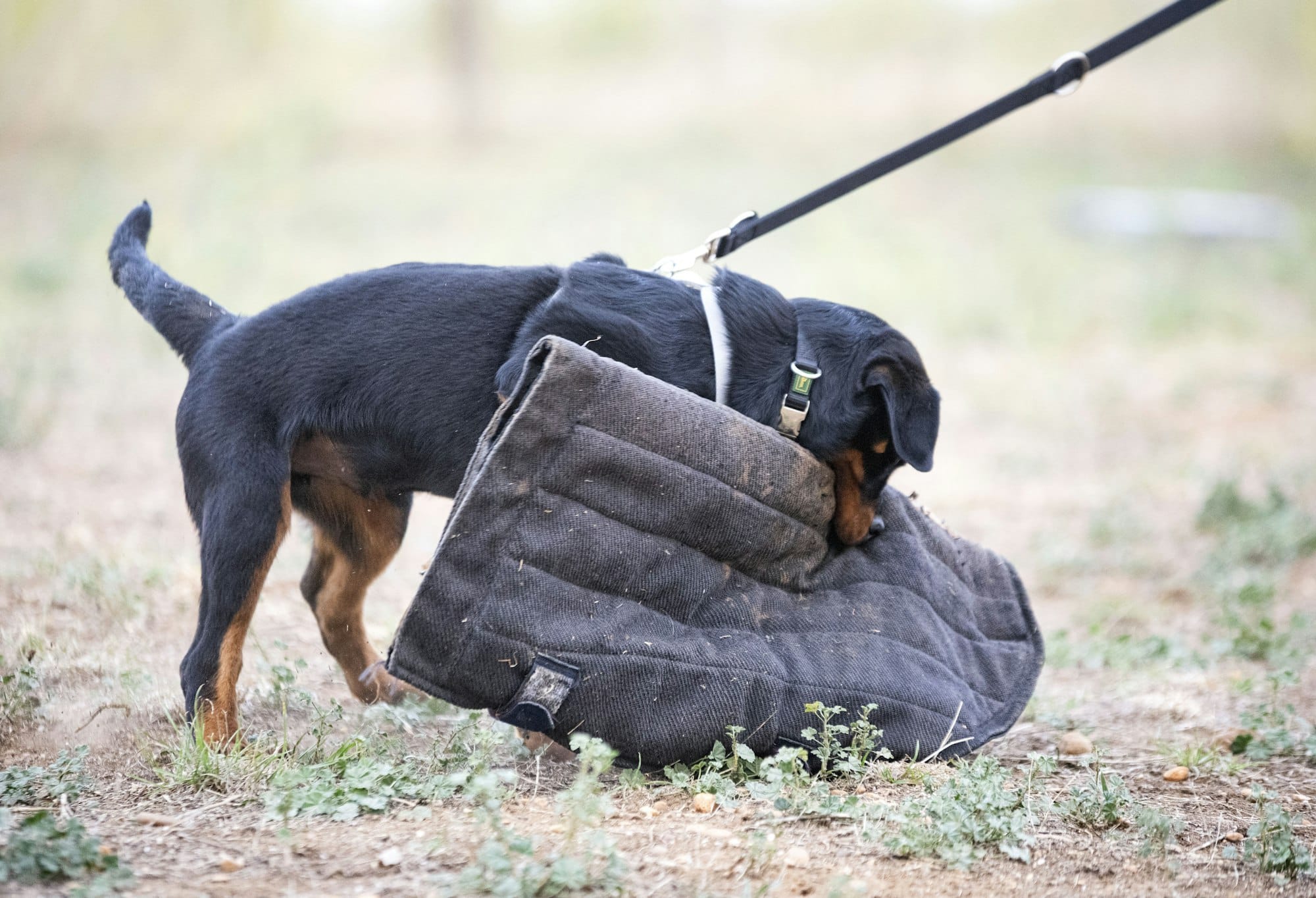From the early days of the internet, security has been a primary concern. With the advent of content management systems like WordPress, it’s now easier than ever to create your own website. This ease, however, doesn’t come without risks. Cybercriminals are constantly on the lookout for vulnerabilities in your site to exploit – this is where solid website security comes into play.
In this article, we’re going to delve deep into the world of WordPress security. We’ll discuss why it’s important, and present several techniques you can utilize to make your website more secure. We’ll talk about plugins, secure logins, file security, access control, and much more.
In the same genre : Unlock your creative potential with mockup api magic
Recognizing the Importance of WordPress Security
Before we delve into the specific techniques for enhancing your WordPress site security, it’s crucial to understand why this is necessary. A breach in your website’s security could lead to personal data theft, financial loss, or even the complete takeover of your site by hackers.
Let’s start with plugins. One of the major strengths of WordPress is its incredible plugin ecosystem. There are plugins for virtually anything you could need on your site, from SEO to ecommerce. However, plugins can be a double-edged sword when it comes to security.
Topic to read : Empower your startup journey with a top digital product design studio
The Role of Plugins in WordPress Security
Plugins, while beneficial, can also introduce security vulnerabilities. For instance, outdated or poorly coded plugins can provide an avenue for hackers to gain unauthorized access to your site. It is therefore crucial to carefully choose the plugins you use.
When selecting a plugin, look at its reviews and ratings. High ratings and positive reviews are usually a good sign of a secure plugin. Also, check when the plugin was last updated. If it’s been a long time, it might be best to find an alternative.
Once you’ve chosen your plugins, make sure to keep them up to date. Updates often include security patches that fix vulnerabilities in the plugin’s code.
Secure Logins and Passwords
Hackers often target login credentials as they are the quickest route to gaining control of a site. Having a strong password and secure login process is, therefore, a must-have for any WordPress site.
To start with, always use strong, unique passwords. Avoid the common mistake of using easily guessable passwords like ‘123456’ or ‘password’. A strong password includes a mix of upper and lower case letters, numbers, and symbols.
File and Hosting Security
The next step in enhancing your WordPress site’s security is to focus on file and hosting security.
To start with, ensure your hosting provider is reputable and has a good track record with security. They should provide features such as regular backups, firewalls, and malware scanning.
Next, ensure your WordPress files are secure. This means setting the correct file permissions and regularly monitoring them for any changes.
Access Control and User Management
Lastly, let’s discuss access control and user management.
In WordPress, users can have different roles, each with its own set of permissions. The Administrator role, for instance, has the ability to perform any action on the site.
It’s critical to only give users the permissions they need to do their job. This principle, known as ‘least privilege’, helps limit the potential damage if a user account is compromised.
For instance, if you have a user who only needs to write blog posts, they don’t need access to your plugins or themes. In this case, you could assign them the ‘Author’ role, which allows them to publish and manage their own posts, but doesn’t give them access to more sensitive areas of your site.
In summary, enhancing your WordPress site’s security involves a multi-pronged approach. By carefully choosing and managing your plugins, using strong passwords and secure logins, securing your files and hosting, and practicing good access control, you can greatly reduce the risk of your site falling into the wrong hands.
Implementing Two-Factor Authentication and Limiting Login Attempts
One of the simplest ways to enhance the security of your WordPress site is to implement two-factor authentication. This is a security measure that requires not only a password and username but also something that only the user has on them, such as a piece of information only they should know or have immediately at hand.
There are several plugins available that can help you set up two-factor authentication for your WordPress site. Plugins such as Wordfence Security, iThemes Security Pro, and Google Authenticator – Two Factor Authentication are among the most popular.
Two-factor authentication provides an additional layer of security by making it more difficult for attackers to gain access to your WordPress site. Even if they manage to obtain your password, they would still need the second factor – which could be a text message or email with a code, a biometric factor like your fingerprint, or a physical device like a smart card or security key.
Another effective way to enhance the security of your WordPress site is to limit the number of login attempts from a single IP address. Brute force attacks, where hackers try hundreds or even thousands of different username and password combinations to gain access to your site, can be mitigated by installing a plugin that limits the number of login attempts.
Plugins like Login LockDown, WP Limit Login Attempts, and Loginizer can help you protect your site from brute force attacks by limiting the number of login attempts for each IP range. You can even configure these plugins to block an IP address from logging in after a specified number of failed login attempts.
Updating PHP File, .htaccess File and Config.php
The security of your WordPress site is heavily reliant on the versions of PHP that you are running. WordPress is built on PHP, which means that any vulnerabilities in your PHP installation could potentially be exploited by attackers.
Keeping your PHP up to date with the latest version is essential for maintaining a secure WordPress site. Each new version of PHP not only comes with performance improvements but also with security patches that fix known vulnerabilities.
Alongside updating PHP, securing the .htaccess file is also a crucial aspect of WordPress security. The .htaccess file is a configuration file used by the Apache web server. It can be used to enable or disable various features and functionality of the Apache server, including website security and performance.
Securing the .htaccess file can prevent unauthorized access to your WordPress site. You can do this by adding specific code to the .htaccess file to restrict access to certain areas of your site or to block specific IP addresses.
Finally, the wp-config.php file is one of the most critical files in your WordPress installation. It contains your website’s base configuration details, such as database connection information. Hence, it’s crucial to secure this file to enhance your WordPress site’s security.
In conclusion, keeping a WordPress site secure involves regular updates, implementing best practices, and using security plugins. From limiting login attempts to updating and securing PHP, .htaccess, and config.php files, each measure plays a crucial role in ensuring your website’s security. Remember, the most secure WordPress sites are those whose administrators stay vigilant, proactive, and knowledgeable about the latest security measures and best practices.











